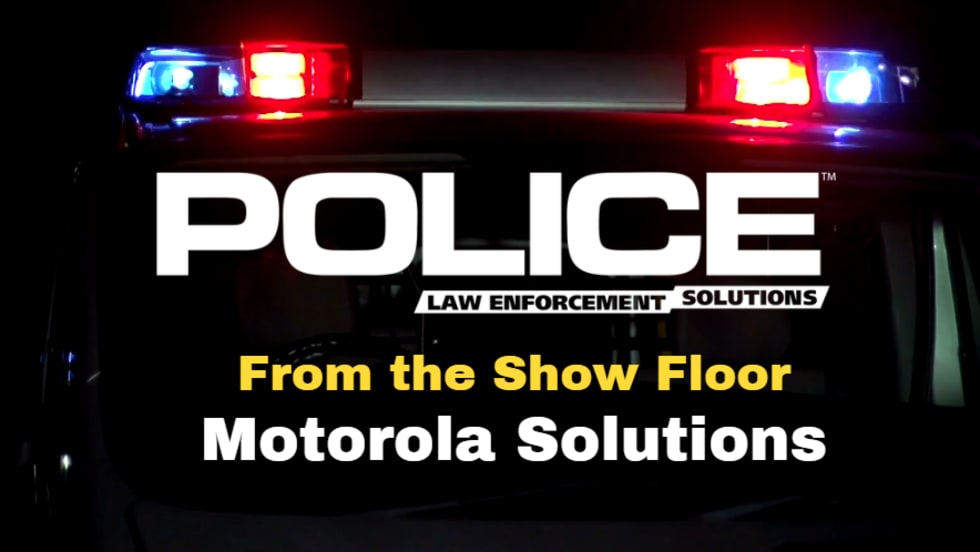With more than 4,400 facial features, including a new scars, marks, piercings, earrings, and tattoos capability, FACES can reproduce almost any facial characteristic that is described to you by a victim or witness. It also lets you fine-tune the suspect's image to capture nuances that are critical to a successful manhunt. For example, when the victim mentions the suspect's five o'clock shadow you can alter it from five that afternoon to a few day's growth with just a left click or two and back again if necessary.
FACES 4.0 can create composites that are so photographically lifelike that the software now includes a tool to make the composites look more like line art and a "Not a Real Photograph" disclaimer to avoid confusion. That's not arrogance on the part of IQ Biometrix; it's a necessary feature. This software is that good.
Most facial compositing software is designed for use in the police station by investigators or police artists. But FACES 4.0 has features that will make it very useful for first responders.
FACES not only lets first responders create lifelike composites, when used in combination with new wireless-capable notebook computers, it can lead to quicker apprehensions. Saved files are relatively small, making it easy for you to send and receive images via wireless Internet connection, a Wi-Fi hotspot, or your department's own backbone. The files I created for this article consumed only 13KB of space on my hard drive.
The secret to FACES 4.0's minimal file sizes is a special biometric alphanumeric code (BAC) for every composite created. Typically less than 1KB in size, the BAC is ideal for wireless transmission and when the file is reentered into a receiving PC's copy of FACES the BAC ensures that the identical composite face is automatically recreated.












